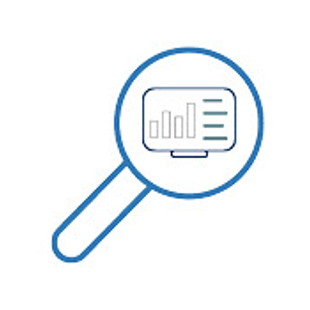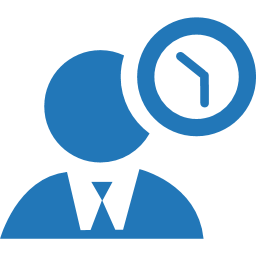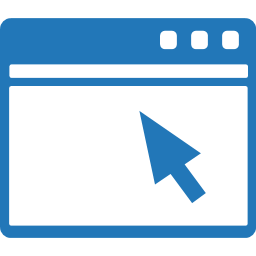
VISUALIZE THE JOURNEY
Tailored dashboards help you:
1
Bring your company's operational story to life
2
Ensure each team has access to the right information anytime, anywhere
3
Discover new opportunities or hidden risks and course correct to realize the benefits
4
Develop a fact basis for executive decision-making
5
Explore the outcomes and understand key business drivers
Reporting and dashboarding systems provide significant functional value to organizations by transforming raw data into actionable insights and visually appealing representations.
Real-Time Insights
Reporting and dashboarding systems offer near real-time access to key performance indicators (KPIs) and metrics. This enables organizations to monitor their performance continuously and make timely, data-driven decisions.
Customized Reporting
Reporting systems allow organizations to create customized reports tailored to their specific needs. This flexibility ensures that stakeholders receive relevant and actionable information that supports their roles and responsibilities.
Visual Representation of Data
Dashboards present data in visually appealing formats, such as charts, graphs, and maps. This makes it easier to interpret complex information at a glance and communicate insights effectively to a wider audience.
Enhanced Decision-Making
By consolidating data from various sources into comprehensive reports and dashboards, organizations gain a holistic view of their operations. This empowers decision-makers to identify trends, spot issues, and seize opportunities more effectively.
Efficiency and Time Savings
Automated reporting and dashboarding eliminate the need for manual and error-prone data compilation and analysis. This saves time and resources, allowing employees to focus on more strategic activities.
Enhanced Collaboration
Reporting and dashboarding systems facilitate collaboration by providing a shared view of data, available on-demand and across devices. Teams can access the same information, discuss insights, and coordinate efforts to achieve common goals.
Like a Ted Talk, dashboards are a narrative that have been carefully crafted to resonate with the audience. Understanding what insights are key to driving operations and growth create the story-line and key messages around which interactive dashboards are built.

Tell a story
Historically, cultures pass down knowledge with stories. Use the power of storytelling to engage the reader

Anywhere anytime
Allow users to access the information on their terms and keep the content up-to-date

Visualize the takeaway
When the data is presented in the right way, the reader's eye can pick-up on trends and outcomes in seconds

Interactivity
Use drill-downs to guide the user to supporting detail

Be audience specific
Tailor the dashboard to your audience - executives may like highly summarized information while department leaders may want more in-depth content

Excel is still here
Make the transactional data available for ad-hoc analyses in Excel